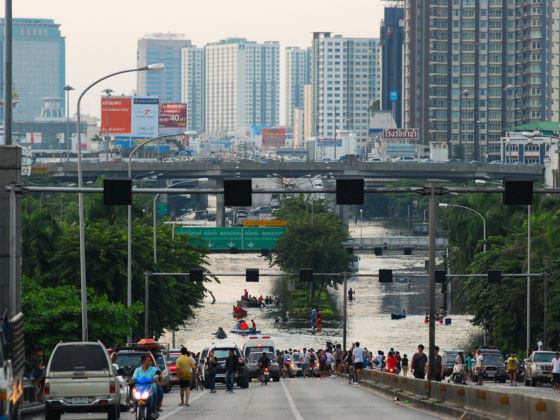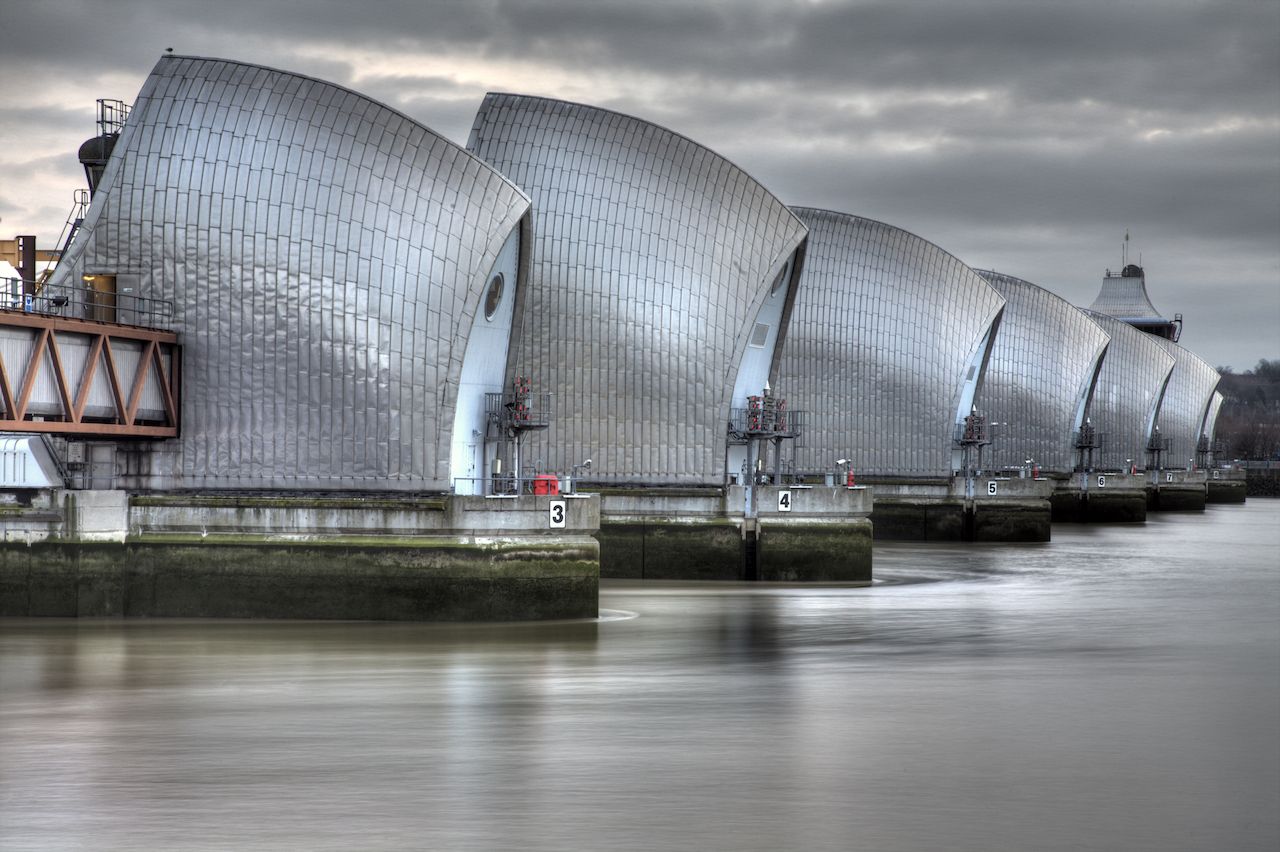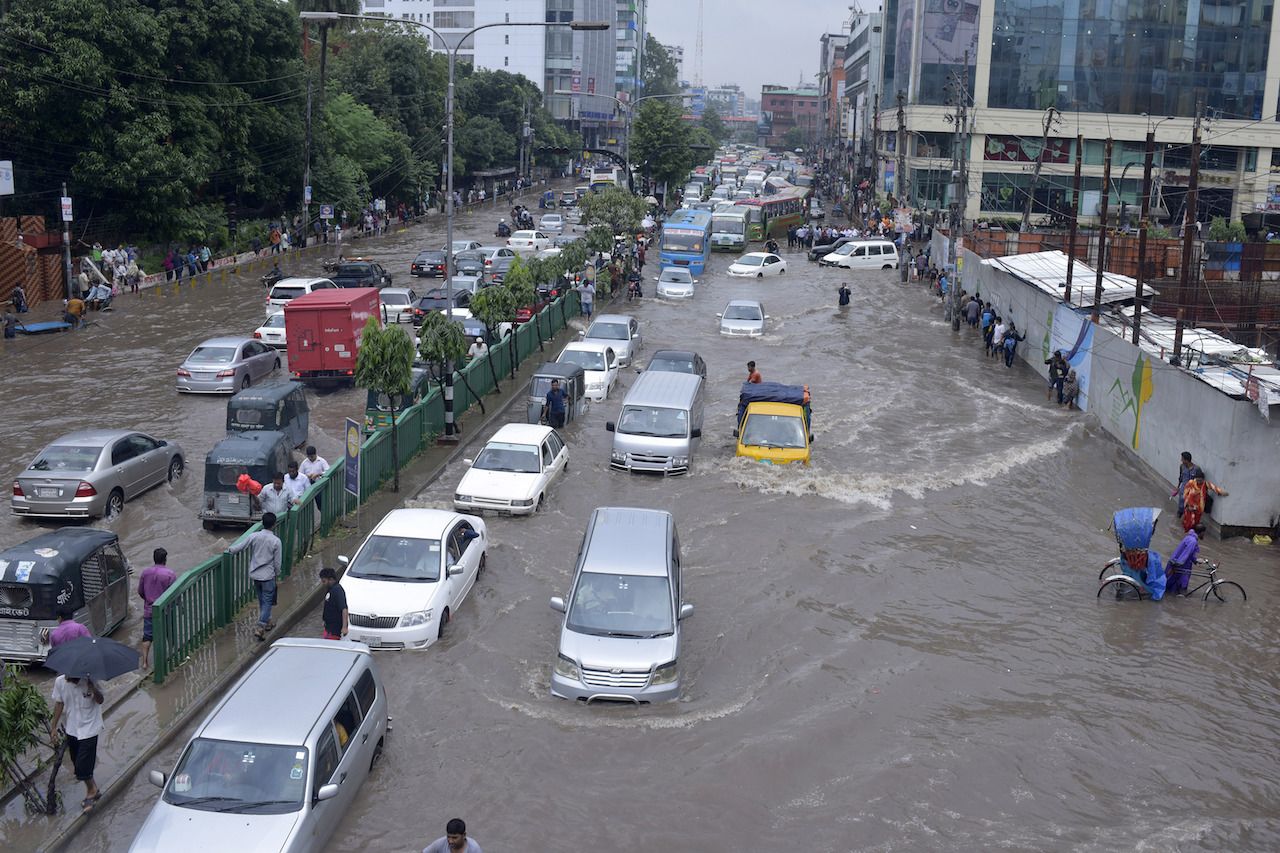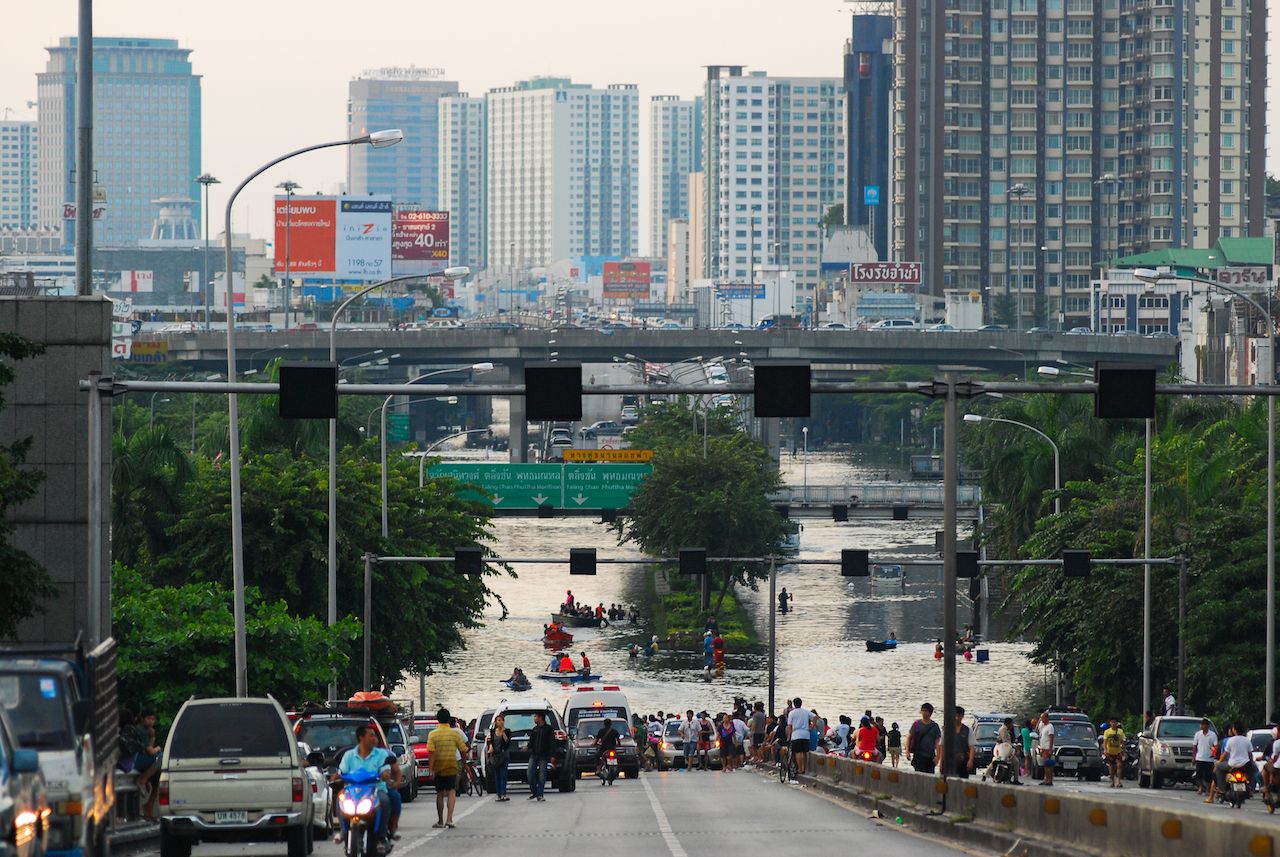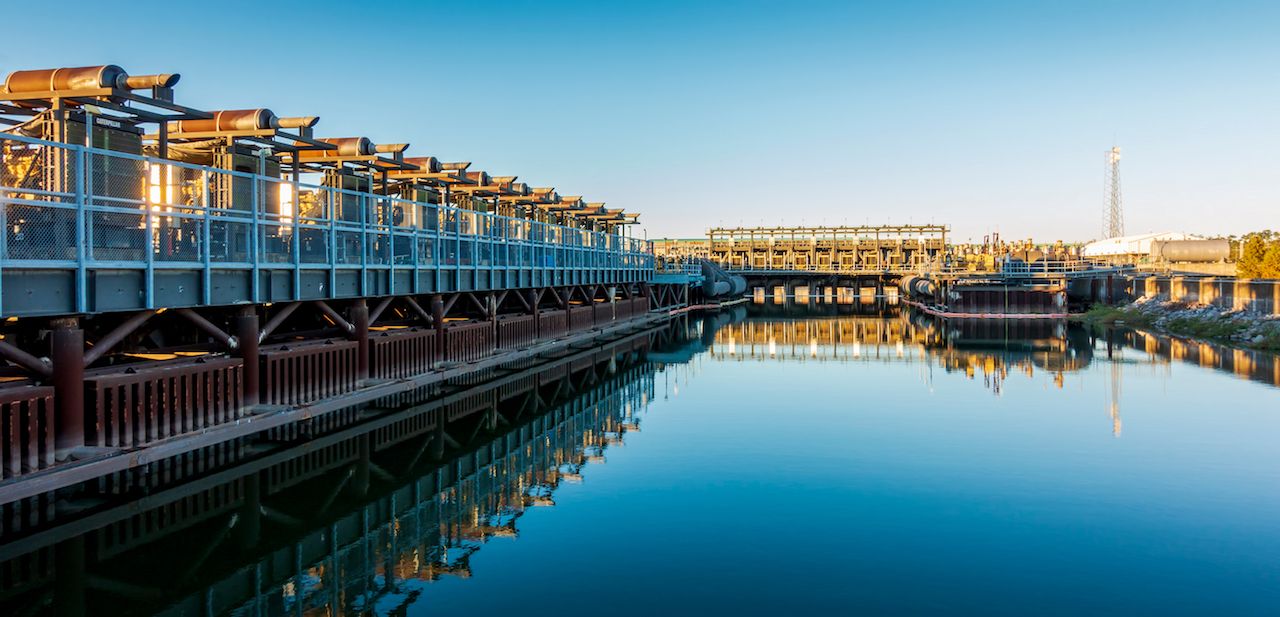We’ve been hearing about the dangers of climate change for quite some time. Scientists routinely caution against warmer temperatures, rising sea levels, and melting ice caps, but sometimes it can be difficult to imagine the impact of these phenomena on our daily lives.
Gradually sinking cities may be the first (and most alarming) way climate change manifests in a tangible sense. Due to rising sea levels and other environmental factors, several of the world’s major cities are slowly sinking into the ocean — some at a staggering pace. No continent is immune, either.
Dr. Katherine Kramer, lead author of the research paper “Sinking Cities,” notes that rampant development has also weakened many cities’ natural means of flood protection, and poor city planning only make matters worse. “The global metropolises may look strong and stable,” she told The Guardian, “but it’s a mirage.” From the United States to Africa to Asia, here are a few of the cities most in danger of being overtaken by the sea.
